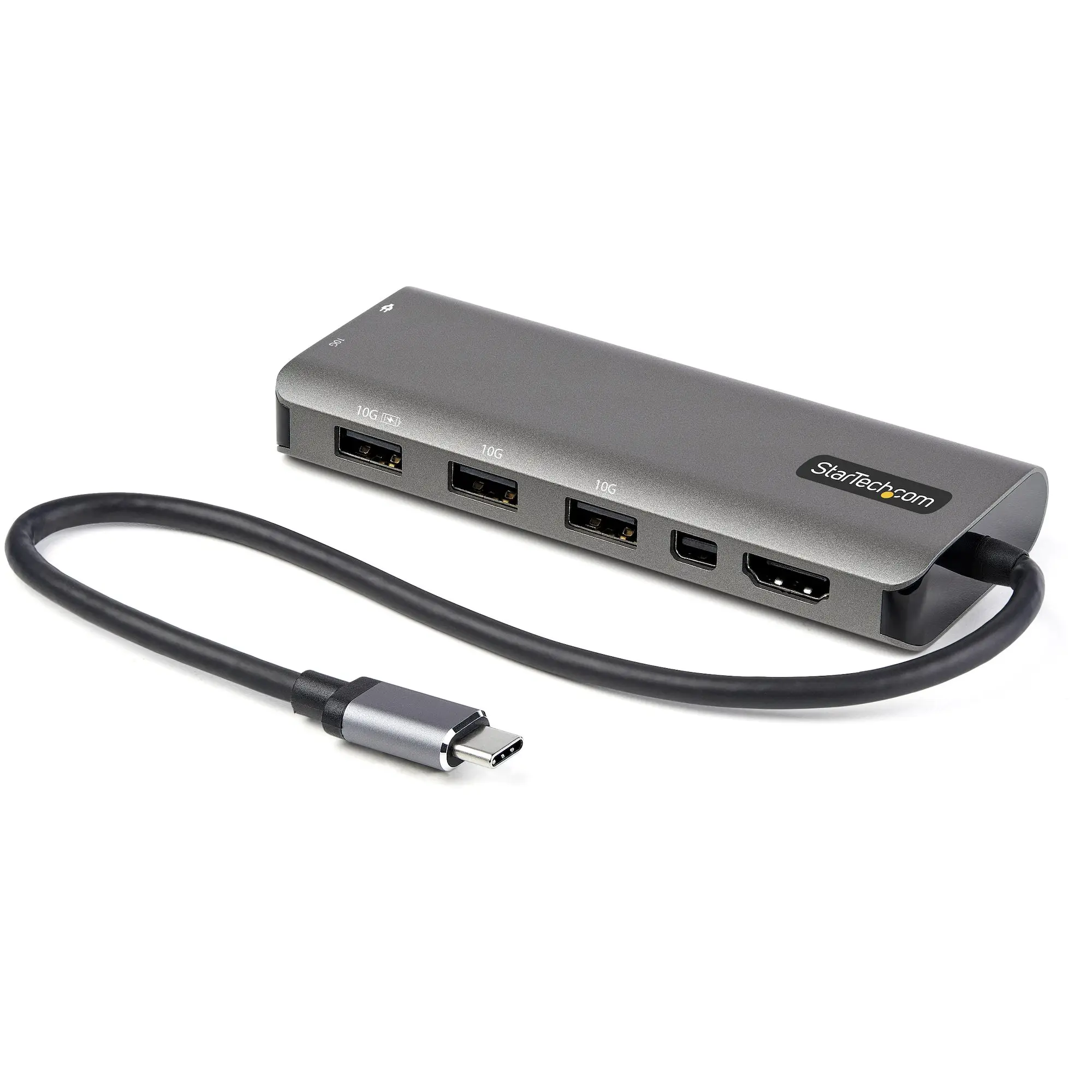How does a USB-C to USB 1.1 to Mini DisplayPort adapter work?


USB-C is a versatile and powerful technology that has revolutionized the way we connect and transfer data between devices. With its ability to support high-speed data transfer, video output, and power delivery, USB-C has become the standard for many modern devices. However, there are still many older devices that use USB 1.1 and Mini DisplayPort connections. In order to bridge the gap between these different technologies, adapters have been developed to allow compatibility and functionality between USB-C, USB 1.1, and Mini DisplayPort. In this article, we will explore how a USB-C to USB 1.1 to Mini DisplayPort adapter works.
Understanding USB-C
USB-C, also known as USB Type-C, is a small, reversible connector that can be found on many modern devices such as laptops, smartphones, and tablets. It offers a wide range of capabilities, including high-speed data transfer, video output, and power delivery. USB-C is capable of transferring data at speeds of up to 10 Gbps, which is significantly faster than its predecessor, USB 1.1.
Introducing USB 1.1
USB 1.1, on the other hand, is an older version of the USB standard that was introduced in 1998. It supports data transfer speeds of up to 12 Mbps, which is much slower compared to USB-C. USB 1.1 is still used in some older devices that do not have USB-C ports.
Understanding Mini DisplayPort
Mini DisplayPort is a digital display interface that was developed by Apple. It is commonly used to connect a computer to a monitor or projector. Mini DisplayPort supports high-definition video output and can transmit both audio and video signals.
How does the adapter work?
A USB-C to USB 1.1 to Mini DisplayPort adapter is designed to allow devices with USB-C ports to connect to devices with USB 1.1 and Mini DisplayPort ports. The adapter acts as a bridge between these different technologies, converting the signals from one format to another.
When a USB-C device is connected to the adapter, the USB-C port on the device sends out a digital signal. The adapter then converts this digital signal into an analog signal that is compatible with USB 1.1 and Mini DisplayPort. This allows the USB 1.1 or Mini DisplayPort device to receive and interpret the signal correctly.
Compatibility
It is important to note that not all USB-C to USB 1.1 to Mini DisplayPort adapters are created equal. Some adapters may only support specific devices or have limitations on the types of signals they can convert. It is essential to check the compatibility of the adapter with your specific devices before making a purchase.
Functionality
The functionality of a USB-C to USB 1.1 to Mini DisplayPort adapter depends on its design and capabilities. Some adapters may only support data transfer between USB-C and USB 1.1 devices, while others may also support video output to Mini DisplayPort devices.
When using the adapter for data transfer, it allows the USB-C device to communicate with the USB 1.1 device by converting the signals between the two formats. This enables the transfer of files, documents, and other data between the devices.
If the adapter also supports video output, it allows the USB-C device to connect to a Mini DisplayPort monitor or projector. The adapter converts the video signal from the USB-C device into a format that is compatible with Mini DisplayPort, allowing the display of high-definition video on the external screen.
Conclusion
In conclusion, a USB-C to USB 1.1 to Mini DisplayPort adapter is a valuable tool that allows compatibility and functionality between devices with different connection technologies. By converting the signals between USB-C, USB 1.1, and Mini DisplayPort, the adapter enables data transfer and video output between these devices. However, it is important to ensure the compatibility of the adapter with your specific devices before making a purchase. With the rapid advancement of technology, adapters like these play a crucial role in bridging the gap between old and new technologies, allowing us to continue using our existing devices while embracing the latest innovations.
Recent Posts
How do I create an engaging and informative online quiz or assessment?
Creating an engaging and informative online quiz or assessment can be a powerful tool for… Read More
What are the most effective methods for managing and reducing work-related stress in the hospitality industry?
Work-related stress is a common issue in the hospitality industry, where employees often face long… Read More
How can I improve my assertiveness and communication skills in a leadership position?
In a leadership position, assertiveness and effective communication skills are crucial for success. Being able… Read More
What are the key elements of a successful employee recognition and rewards program?
Employee recognition and rewards programs play a crucial role in motivating and engaging employees, as… Read More
How do I effectively manage and respond to customer feedback and reviews?
Customer feedback and online reviews play a crucial role in shaping a company's reputation and… Read More
What are the best strategies for effective time management as a stay-at-home parent?
Effective time management is crucial for stay-at-home parents who juggle multiple responsibilities on a daily… Read More